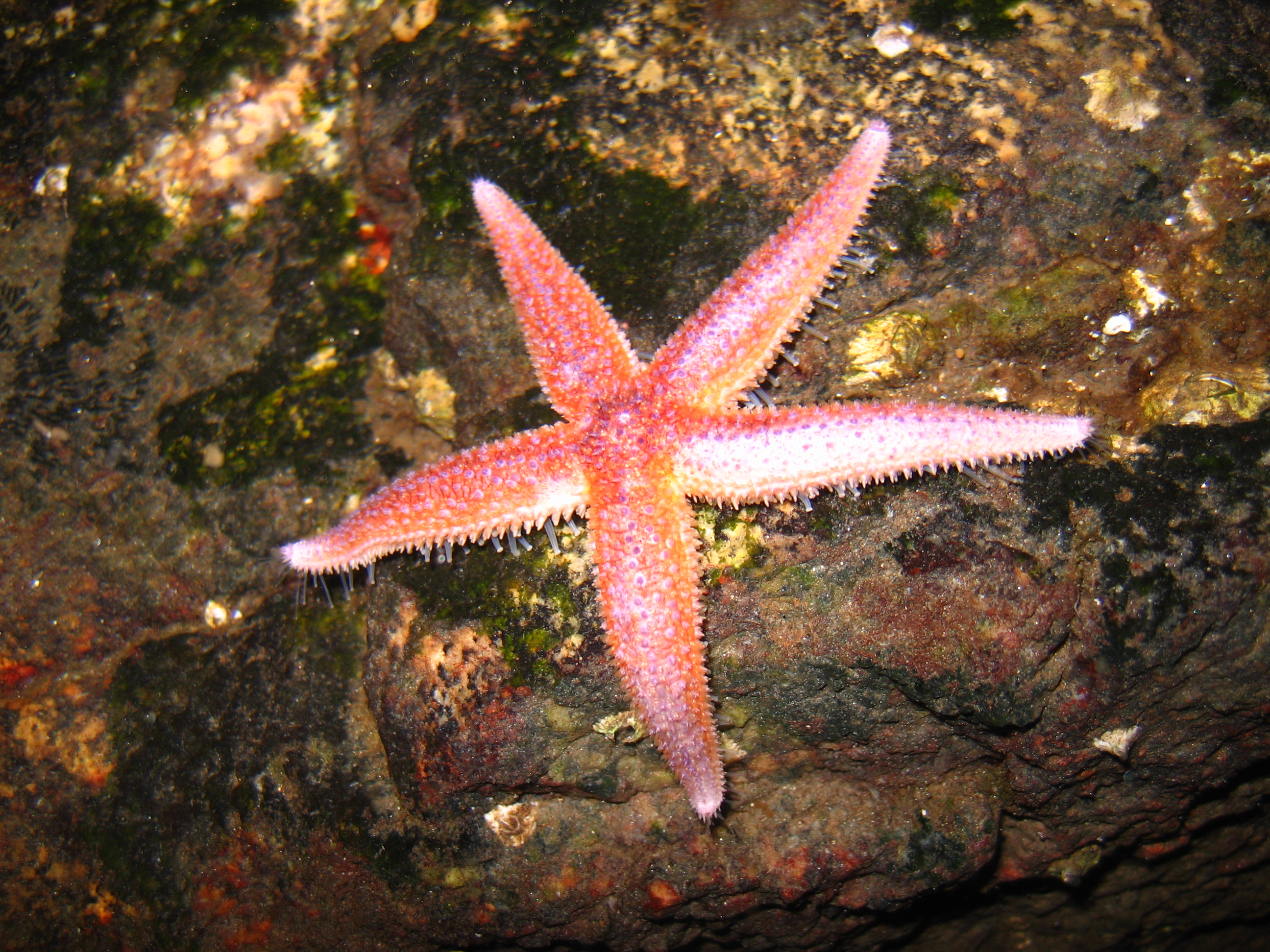Without sufficient carbonate, they cannot build strong shells and skeletons. Many different groups of animals are at risk, including plankton, shrimps, lobsters, gastropods, bivalves, starfish, sea urchins and corals. In the worst case, many species may die out or be outcompeted by other species that are more resistant to acidification.
Disrupting the whole food chain
Planktonic species such as sea butterflies are an important part of the diet of many fish, seabirds and marine mammals. If sea butterflies or other key species are lost, whole food chains will be disrupted and we are likely to lose marine species diversity.
Lower pH may in itself have negative impacts. Recent research has for example shown that it can damage the sense of smell in fish, making it more difficult for them to recognise predatory fish and other dangers and their own territories, and to distinguish between close and distant relatives.
Research has also shown that changes in pH can influence the availability of nutrients and trace elements for marine organisms. Their availability may increase or decrease as pH drops. In the worst case, organisms may absorb too little of essential substances and too much of substances that are toxic in excess.
Impacts expected to become more serious
The impacts of ocean acidification have only just begun to appear. To start with, CO2 dissolves in surface waters, lowering the pH. The effects gradually spread to deeper and deeper waters. This is a very slow process. pH levels in the world’s oceans will therefore continue to sink for many years.
Marine food chains in Arctic waters are relatively simple, and ecosystems are vulnerable if key species like sea butterflies are affected. It is highly probable that ocean acidification will have major impacts on ecosystems in these waters, but our knowledge is still limited.
Interactions between ocean acidification, climate change and pollution may exacerbate the negative impacts. However, the picture may not be as consistently negative as first thought. Scientists expect different groups of organisms to respond in different ways. More recent research suggests that some species with calcareous shells can compensate for increased acidity by using more energy to build their shells, provided that they have adequate food supplies.
